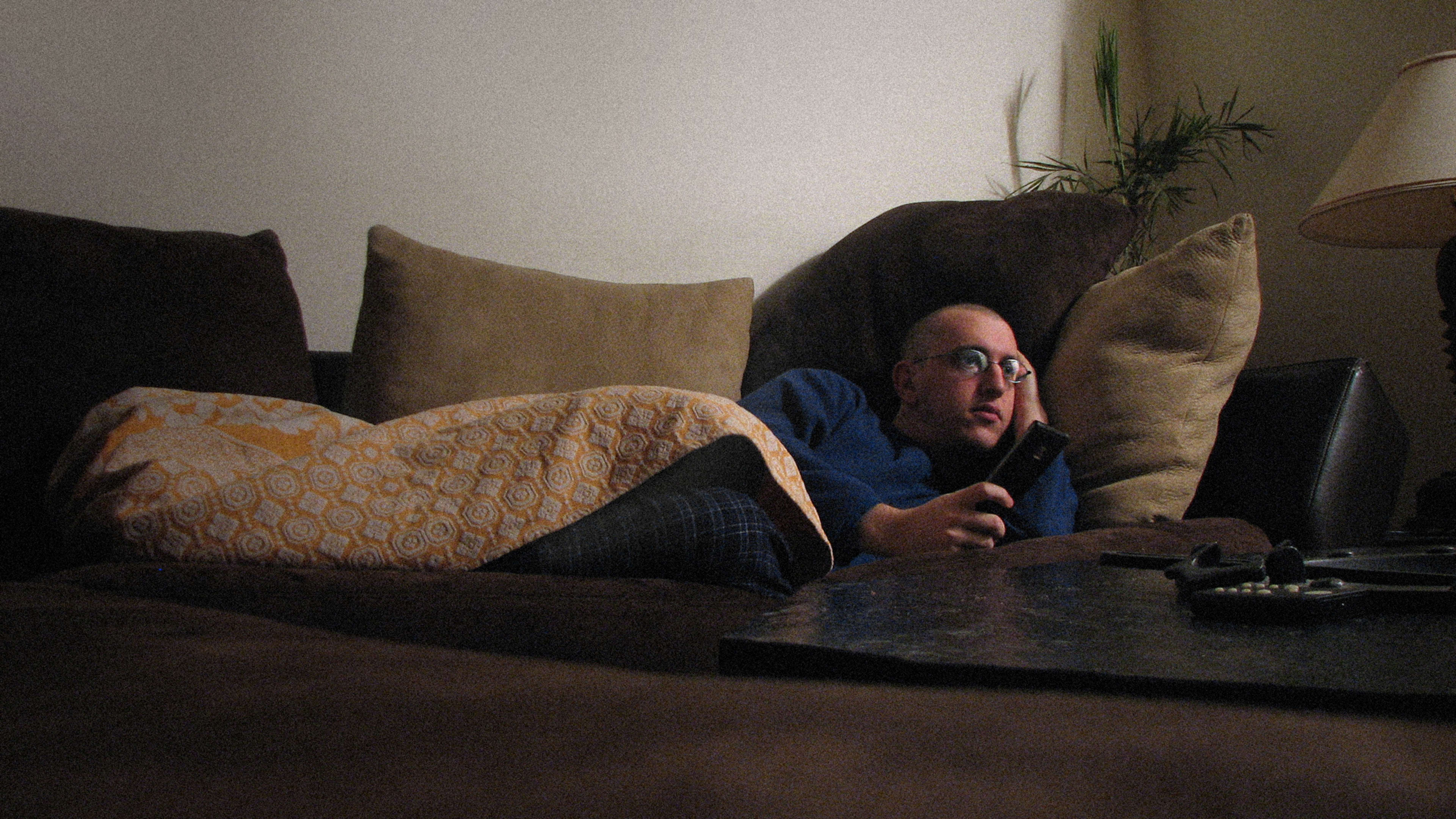If you spent last weekend bingeing on Netflix instead of running errands, congratulations: Your laziness is lowering energy use. Collectively, Americans are spending more time at home and less time driving or in other buildings, and national energy demand is falling as a result.
In a new study, when researchers analyzed the American Time Use Survey–an annual survey that looks at the daily, hour-by-hour schedule of thousands of Americans–they found that the average person spent nearly eight more days at home in 2012 than in 2003.
Some of that shift was likely driven by technology. People spent more time on computers, and less time shopping in retail stores. They also spent about seven more days working at home rather than in an office, about a day less of using any kind of transportation, and a week less time in non-residential buildings. The change was even greater for people age 18 to 24, who spent 14 more days at home in 2012, and four fewer days on the road.

All of these shifts impact energy. By using cars and other transportation less, and spending less time in buildings other than home, the researchers calculated that Americans reduced energy demand by 1,700 trillion BTU, or 1.8% of total national demand. “That’s large,” says Ashok Sekar, a postdoctoral fellow at the University of Texas at Austin and lead author of the new study. “It’s actually equal to the energy consumption of some states, like Kentucky. I think it will have a large carbon impact.”
The study didn’t quantify details like the energy used if someone orders shoes or clothing online instead of going to a local store, though other studies have calculated that online shopping has a lower carbon footprint. As fewer people shop at retail stores and some of those stores shut down, that also lowers energy use, whatever other negative impacts it may have.
The study also didn’t specifically look at the energy use of data centers as people spend more time online, though it did look at energy consumption of the commercial sector as a whole, which would include servers in the U.S. Still, Sekar says, any energy use from data centers would be small enough that it “wouldn’t change the trends that we’re seeing.”
The American Time Use Survey data is rough–if you go to a store on your way home from work, for example, that would count as time commuting, not shopping. And though we’re collectively spending more hours working at home than in an office, that doesn’t necessarily mean that offices are shrinking; some people may be working more hours after work at home, while others may have shifted from full-time to part-time jobs, driving the average number of hours at an office down.
While it may not be clear why people are spending so much more time at home, it’s clear that they are. The study stopped with 2012 time use data because that was the last year that corresponding energy data was available, but Sekar says that the same trends are continuing now. Because habits are changing, he says, perhaps energy policy should as well. “I think improving the energy efficiency of a home should be one of the priorities of energy policy.”
Recognize your brand’s excellence by applying to this year’s Brands That Matter Awards before the early-rate deadline, May 3.
